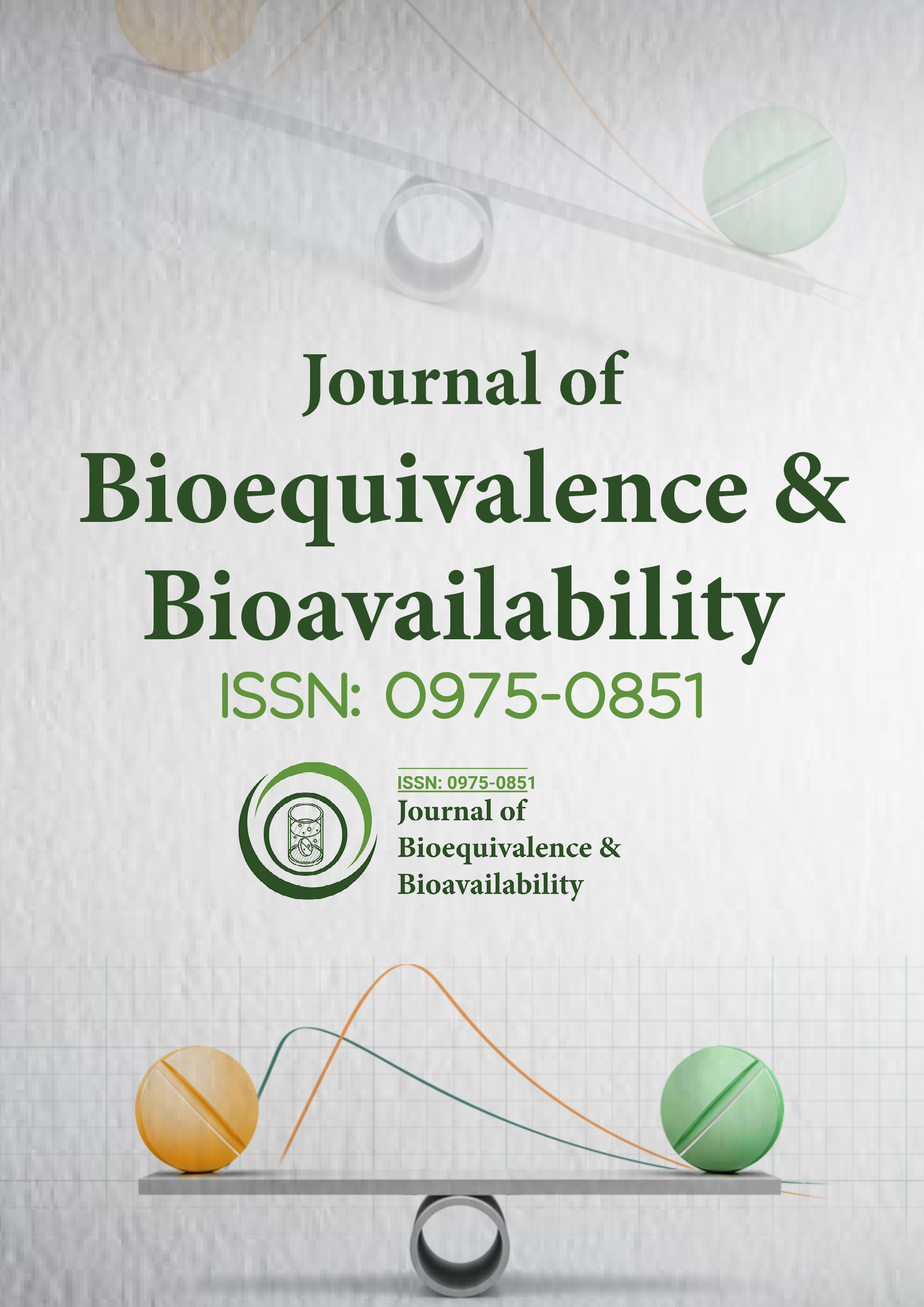Indexado em
- Banco de Dados de Periódicos Acadêmicos
- Abra o Portão J
- Genamics JournalSeek
- Chaves Acadêmicas
- JournalTOCs
- Infraestrutura Nacional de Conhecimento da China (CNKI)
- CiteFactor
- Scimago
- Diretório de Periódicos de Ulrich
- Biblioteca de periódicos eletrônicos
- RefSeek
- Universidade de Hamdard
- EBSCO AZ
- OCLC- WorldCat
- Catálogo online SWB
- Biblioteca Virtual de Biologia (vifabio)
- publons
- MIAR
- Comissão de Bolsas Universitárias
- Fundação de Genebra para Educação e Pesquisa Médica
- Euro Pub
- Google Scholar
Links Úteis
Compartilhe esta página
Folheto de jornal

Periódicos de Acesso Aberto
- Agro e Aquicultura
- Alimentos e Nutrição
- Bioinformática e Biologia de Sistemas
- Bioquímica
- Ciência de materiais
- Ciencias ambientais
- Ciências Clínicas
- Ciências Farmacêuticas
- Ciências gerais
- Ciências Médicas
- Cuidados de enfermagem e saúde
- Engenharia
- Genética e Biologia Molecular
- Gestão de negócios
- Imunologia e Microbiologia
- Neurociência e Psicologia
- Química
Abstrato
Estudo de biodisponibilidade oral e farmacocinética da claritromicina em diferentes formas de dosagem em voluntários saudáveis iranianos
Katayoun Derakhshandeh, Gholamreza Bahrami, Bahareh Mohammadi e Elaheh Alizadeh
O objetivo do presente estudo foi estudar a biodisponibilidade e os parâmetros farmacocinéticos de três formulações de claritromicina após administração oral em 12 voluntários adultos normais do sexo masculino. Cada sujeito recebeu 500 mg de claritromicina como dois comprimidos de 250 mg, um comprimido de 500 mg ou suspensão em uma sequência cruzada randomizada. Amostras de sangue foram coletadas em intervalos de tempo selecionados de até 24 horas e as concentrações plasmáticas de CLR foram determinadas usando um método HPLC validado. Os parâmetros farmacocinéticos, incluindo tmax, t1/2, Cmax, AUC, AUMC foram determinados a partir da inspeção das curvas de tempo de concentração do sujeito individual e por métodos independentes do modelo. Os resultados mostraram que esses parâmetros não foram influenciados pela forma de dosagem. Embora concentrações máximas mais altas tenham sido alcançadas com a suspensão, isso não foi estatisticamente diferente das outras formulações. Os comprimidos não foram considerados estatisticamente diferentes da suspensão em nenhum parâmetro farmacocinético. A bioequivalência das formulações de teste versus referência foi aceita para AUC0–∞ e Cmax porque os ICs de 90% estão dentro da faixa aceitável de 80-125%. À luz dos resultados dos estudos relatados aqui, pode-se concluir que as formulações de teste CLR, ou seja, comprimido e suspensão, são bioequivalentes às respectivas formulações de referência.